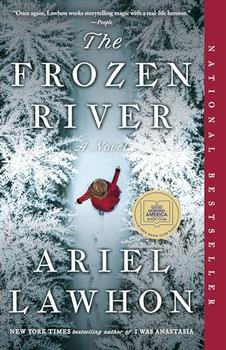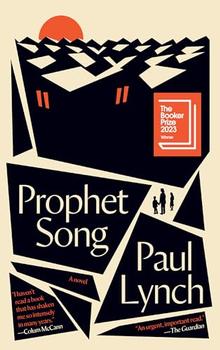Summary | Excerpt | Reviews | Beyond the Book | Readalikes | Genres & Themes | Author Bio

How the Self-Help Movement Made America Helpless
by Steve SalernoFrom the Introduction
For decades I have been tracking the self-help movement without fully
realizing its place in the zeitgeist, even though I've written often
about its component parts. My first book, in 1985, described the
"mainstreaming" of veteran sales and motivational trainers like Tom
Hopkins and Zig Ziglar, both of whom were then beginning to expand their
brands; they were subtly turning their antennae away from hard-core
salesmanship to the much airier patter of mass-market training, with its
exponentially greater target audience. Their efforts signaled the
beginning of what we now call "success training" or, in its more
intensive, small-group settings, "life coaching."
During the late 1980s and 1990s I wrote separate magazine pieces about:
TONY ROBBINS. Today he's the Eighty Million Dollar Man (per year). Back
at the beginning of his career, customers were paying as little as $50
apiece to learn how to "focus" enough to be able to walk over hot coals
pain free (a bit of gimmickry that the debunker James Randi tells us has
nothing to do with mental preparation and everything to do with the
principles of heat conduction).
TOMMY LASORDA. By the mid-1990s the former Los Angeles Dodgers manager
had become a huge draw on the banquet circuit, commanding at least $30,000 an
hour for imparting such philosophical gems as "Ya gotta want it!"
THE PECOS RIVER LEARNING CENTER. At Pecos River, otherwise rational
corporate citizens fully expected to buttress their self-confidence and
negotiating skills by falling backward off walls and sliding down the
side of a mountain on a tether.
PETER LOWE. In 1998 I covered one of the barnstorming impresario's
weekend-long success-fests for the Wall Street Journal. I guesstimated
the two-day take at $1.4 million, plus ancillaries. We'll get to the
ancillaries in a moment.
In reporting these and other stories, I never quite recognized all those
trees as a forest. I also watched, but didn't quite apprehend, as
scholarship and complex thought fell to the wayside amid the influx of
simple answers delivered via bullet points, as logic and common sense
took a backseat to sheer enthusiasm and even something akin to mass
hysteria.
What brought everything into focus for me was a career move of my own in
mid-2000. For the ensuing sixteen months, I served as editor of the
books program associated with Men's Health magazine, the glamour
property in the vast better-living empire that is Rodale. In addition to
publishing such magazines as Prevention, Organic Gardening,
and Runner's World, Rodale had become the premier
independent book publisher in the United States largely through its aggressive
and ingenious mail-order books program. The company conceived, wrote, printed,
and sold millions of self-help or other advice books each year. Thus, my
experience there gave me a bird's-eye view of the inner workings of the
self-help industry. Rodale's professed mission statement, as featured on its
corporate Web site at the time of my arrival, was simple: "To show people how
they can use the power of their bodies and minds to make their lives better."
At considerable expense, Rodale undertook extensive market surveys, the
results of which dictated each business unit's editorial decisions. In
the case of self-help books specifically, the surveys identified the
customers' worst fears and chronic problems, which we were then supposed
to target in our editorial content. One piece of information to emerge
from those market surveys stood out above all others and guided our
entire approach: The most likely customer for a book on any given topic
was someone who had bought a similar book within the preceding eighteen
months. In a way that finding should not have surprised me. People read
what interests them; a devoted Civil War buff is going to buy every hot
new book that comes out on the Civil War. Pet lovers read endlessly
about pets.
Excerpted from Sham by Steve Salerno Copyright © 2005 by Steve Salerno. Excerpted by permission of Crown, a division of Random House, Inc. All rights reserved. No part of this excerpt may be reproduced or reprinted without permission in writing from the publisher.




Beliefs are what divide people. Doubt unites them
Click Here to find out who said this, as well as discovering other famous literary quotes!
Your guide toexceptional books
BookBrowse seeks out and recommends the best in contemporary fiction and nonfiction—books that not only engage and entertain but also deepen our understanding of ourselves and the world around us.